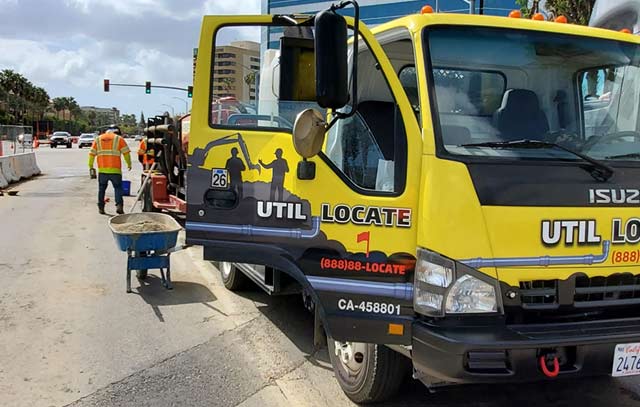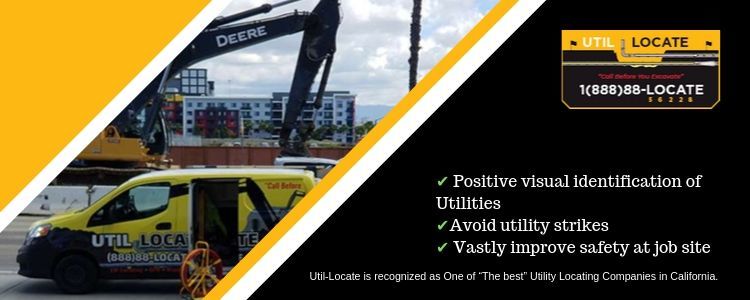The practical considerations involved in starting or continuing a construction project without first ascertaining what obstacles might be hidden under the ground can be substantial. While there are technologies available to perform searches for utility lines, water or sewer pipes and other underground structures, there exists a quick, accurate and relatively inexpensive method for visually confirming the presence of underground construction obstacles. It is called utility potholing.
Preventing Damage
All non-trivial construction and the majority of building repair, expansion, or inspection activities involve some level of excavation. The foundation of any building must be inspected before any new construction can take place. Any land set aside for new work could be crisscrossed with all kinds of public facilities.
Without some method of avoiding those obstacles, a construction crew could not only do tremendous damage to the lines themselves but could put the surrounding neighborhoods and populations in danger by cutting off electricity or water. They could even put themselves in danger if they hit a gas line or an underground fuel storage tank.
Surgery for Construction Contractors
Vacuum excavation is similar to a medical technique called arthroscopy. In medicine, doctors often need to repair ligament or tendon damage in a joint. Instead of conventional surgery, however, they make a tiny incision and insert a camera and light so they can see inside the joint.
Vacuum excavation has the same objective. A construction crew needs to see beneath the ground so that they make a tiny incision using a non-destructive process. This method is called vacuum excavation and allows them to perform a visual inspection and avoid any possibility of damage. See more vacuum excavation contractors.
The Alternative
What happens if a backhoe hits a gas line? Most construction crews don’t want to imagine it, and for a good reason. Electrical lines, diesel engines, sparks, and natural gas leaks combine to produce unfortunate results.
The same goes for a water line or a sewage line. Interruption of a water utility can be catastrophic for public services like hospitals. Electricity outages can cost supermarkets incredible amounts of money in lost product. Sewage breaks can tie up traffic and create health hazards for days. The minuscule time and money savings of bypassing the potholing process and moving forward with a risky and potentially life-threatening construction project is never worth it.
While it is possible to approximate the location of utility lines using various technologies other than potholing, the truth is nothing beats first-hand visual inspection, and nothing beats the time savings of using a proven process with no drawbacks. Why guess when it is possible to know for certain? Why take a chance when a first-hand look answers all the questions?
Modern construction is impressive. The ability to see beneath the earth and avoid costly and dangerous obstacles is one of its greatest accomplishments. It is in every contractor and construction team’s best interests to take advantage of those technologies whenever possible.


